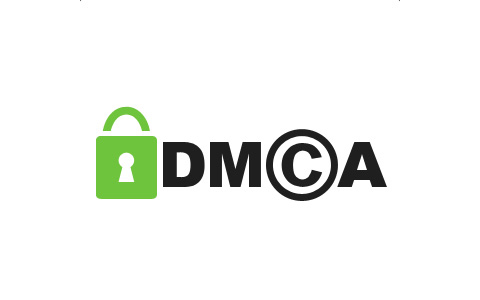Trademarking your Performer Name Can Protect Your Image
Unauthorized use of your performer name can hurt your reputation and image, and unfortunately the use of your performer name is not protected by default. Without a trademark, anyone has the right to use your name and many people will use this to their advantage to profit from your likeness and falsely represent themselves as you. It can range from instances of catfishing to piracy, but no matter how it happens it can have longterm impacts on your brand.
The benefits of trademarking your name / alias
Trademarking your name is an expensive process but it comes with many benefits:
- Trademarked names diminish the burden of proof when lawsuits arise that involve someone infringing on the use of your name / alias
- Registering your own trademark ensures you aren’t infringing on others trademarks if yours is approved, guaranteeing no repercussions for the use of your name and brand
- Exclusive rights to operate under your trademark and ensuring no one can operate under it
- Use of the federal registered symbol is allowed with your trademark which gives your name a “prestige look”
- Federal trademarks assist in domain / URL disputes
- Provides advantages in seeking financial damages in trademark infringement lawsuits
- Becomes incontestable after 5 years, guaranteeing no one can use your name going forward, guaranteeing you the traffic on your trademarked name forever
The negatives to trademarking your name / alias
- The process can be expensive
- Trademarking your name won’t necessarily protect you against piracy (trademarking your logo is better for piracy prevention)
- The hassle of dealing with government agencies
- You must actively use your trademarked name to continue to hold the trademark (no name changes in the future)
- You must renew your trademark which can be costly longterm
How to Trademark Your Performer Name / Alias
Before beginning the registration of your mark, you will want to ensure that you are filing a trademark that will get approved so you don’t waste time and money. You will need to make sure that your proposed trademark will not infringe on a currently existing trademark, that your trademark fits under one of the existing goods/service trademark types, and whether or not you are already currently using the mark or intend to use it after filing. There are adult services in the Acceptable Goods and Services for trademarks, so you can select these services when filing your trademark. To trademark your name, you will do the following:
- Determine if trademarking is right for you: Trademarks, patents, copyrights, domain names, and business name registrations all differ, so it is important to learn whether a trademark is appropriate for you.
- Ensure your mark is able to be used: Make sure no one is already using your proposed trademark.
- Decide if you need a trademark attorney: If you are based in the US you do not need an attorney although it is highly recommended to ease the process. Additionally, we would recommend reaching out to an attorney that specializes in the adult industry to ensure they will file your trademark correctly.
- Prepare the application: You can use the official government Trademark Electronic Application System or utilize a site that will break down the process to an easier to digest format like LegalZoom.
- Monitor your application: You can monitor your status online or if you use a site like LegalZoom they will likely notify you of any updates to your application.
- Receive approval / denial: You will be notified of approval or denial of your trademark request, if you are denied you can counter with a statement of use request. If your statement of use does not overcome the objections from the examining trademark lawyer, you will receive a final rejection. If at this point you still do not agree with their decision, you can appeal the decision for an additional fee.
- Maintain your registered trademark: You must fill out paperwork for your trademark and continue to keep the information up to date on your trademark paperwork. You must file a declaration of use between your 5th and 6th year of registration, and you must submit a combined declaration of use every 10 years after registration.




No responses yet